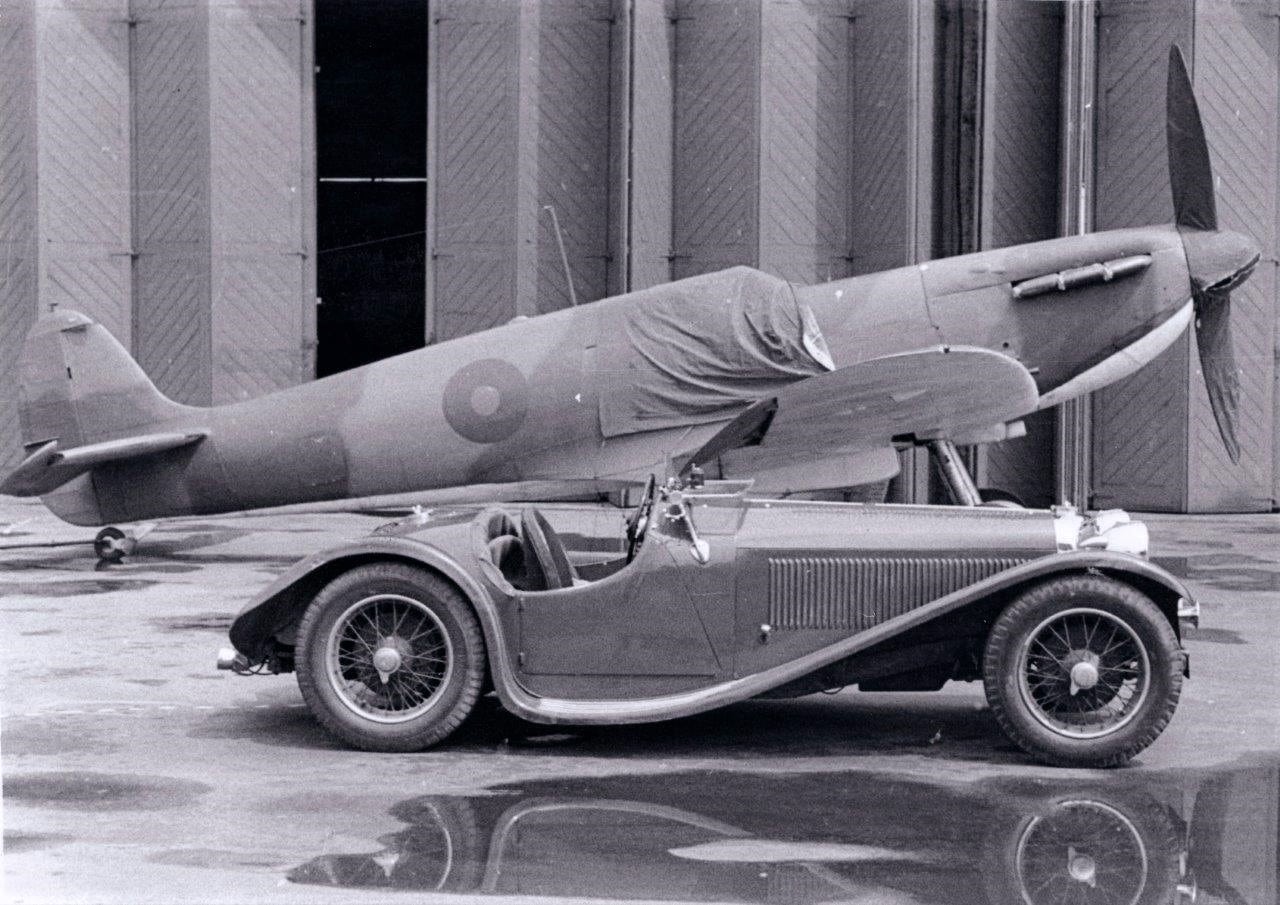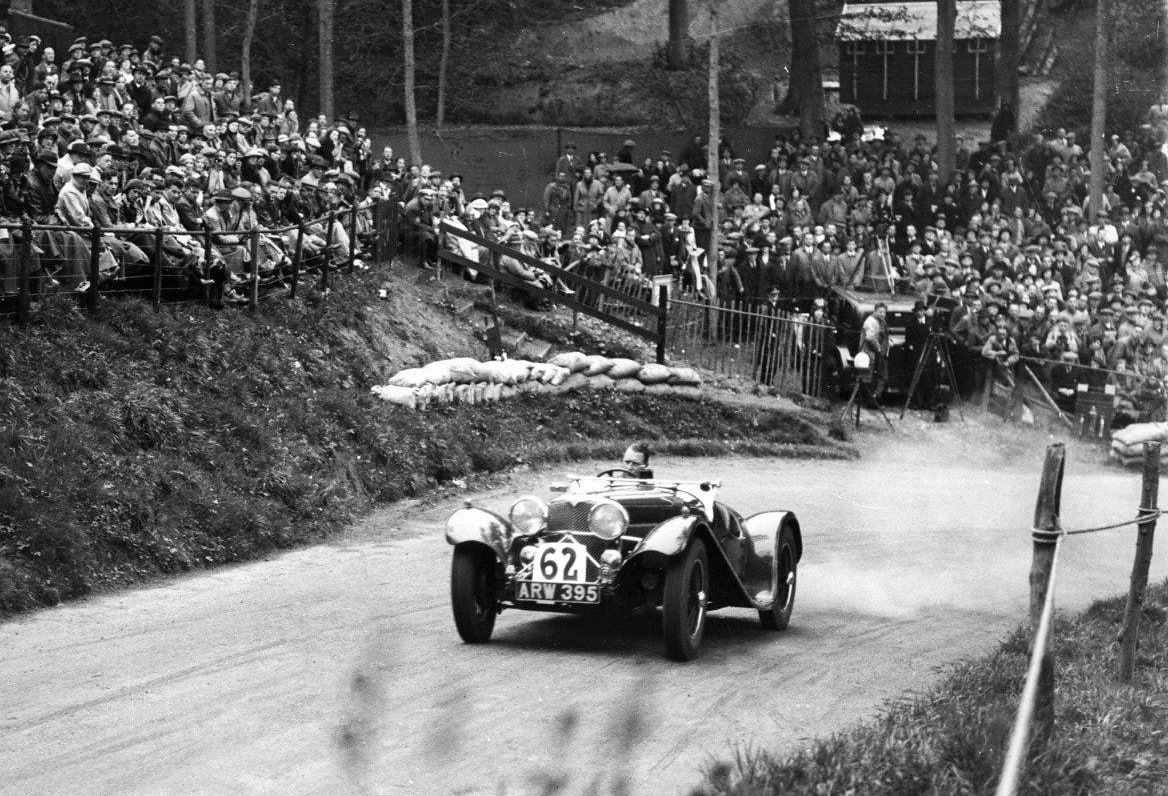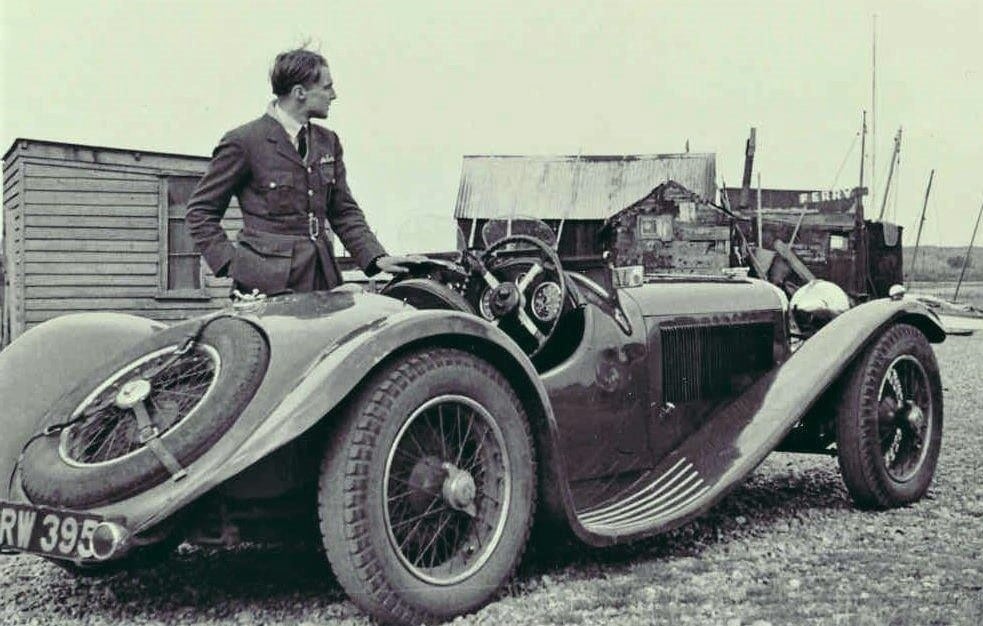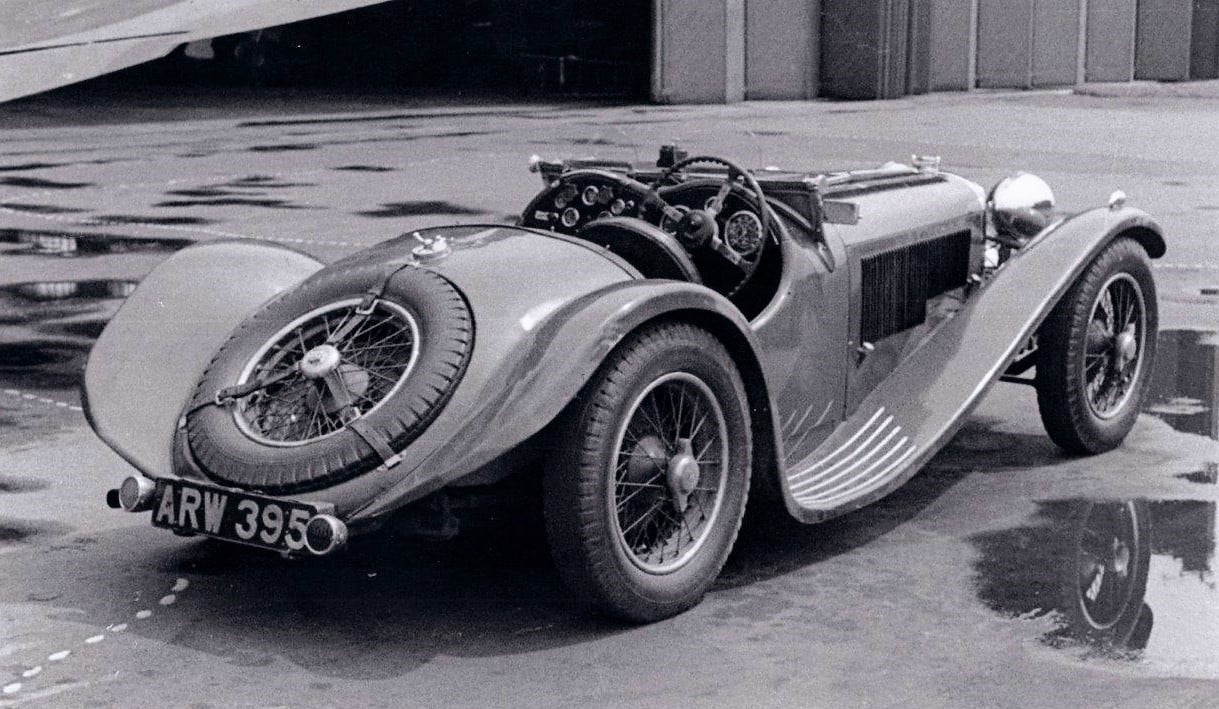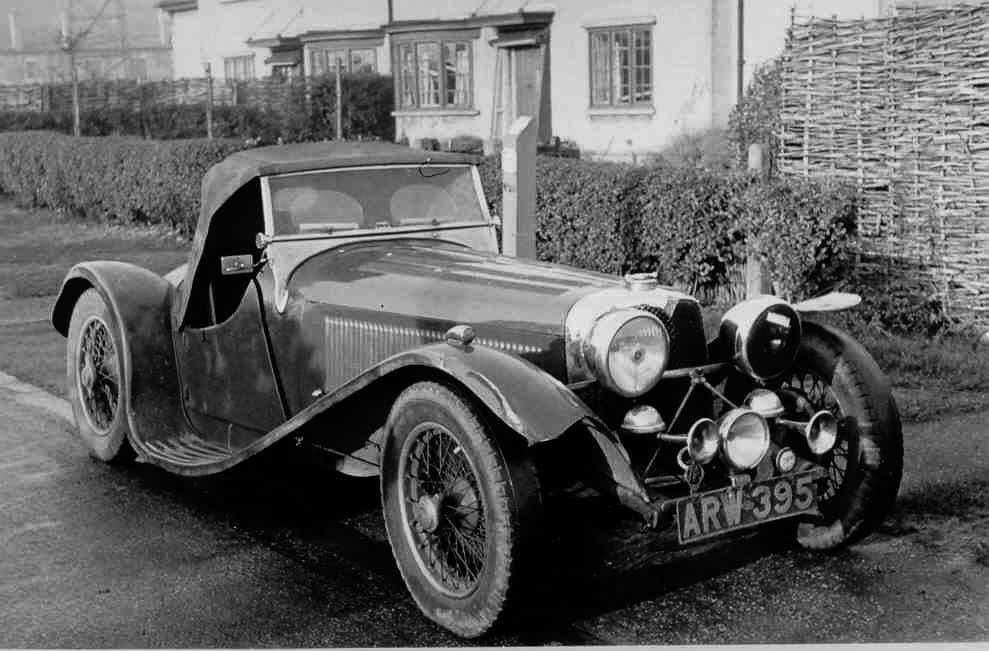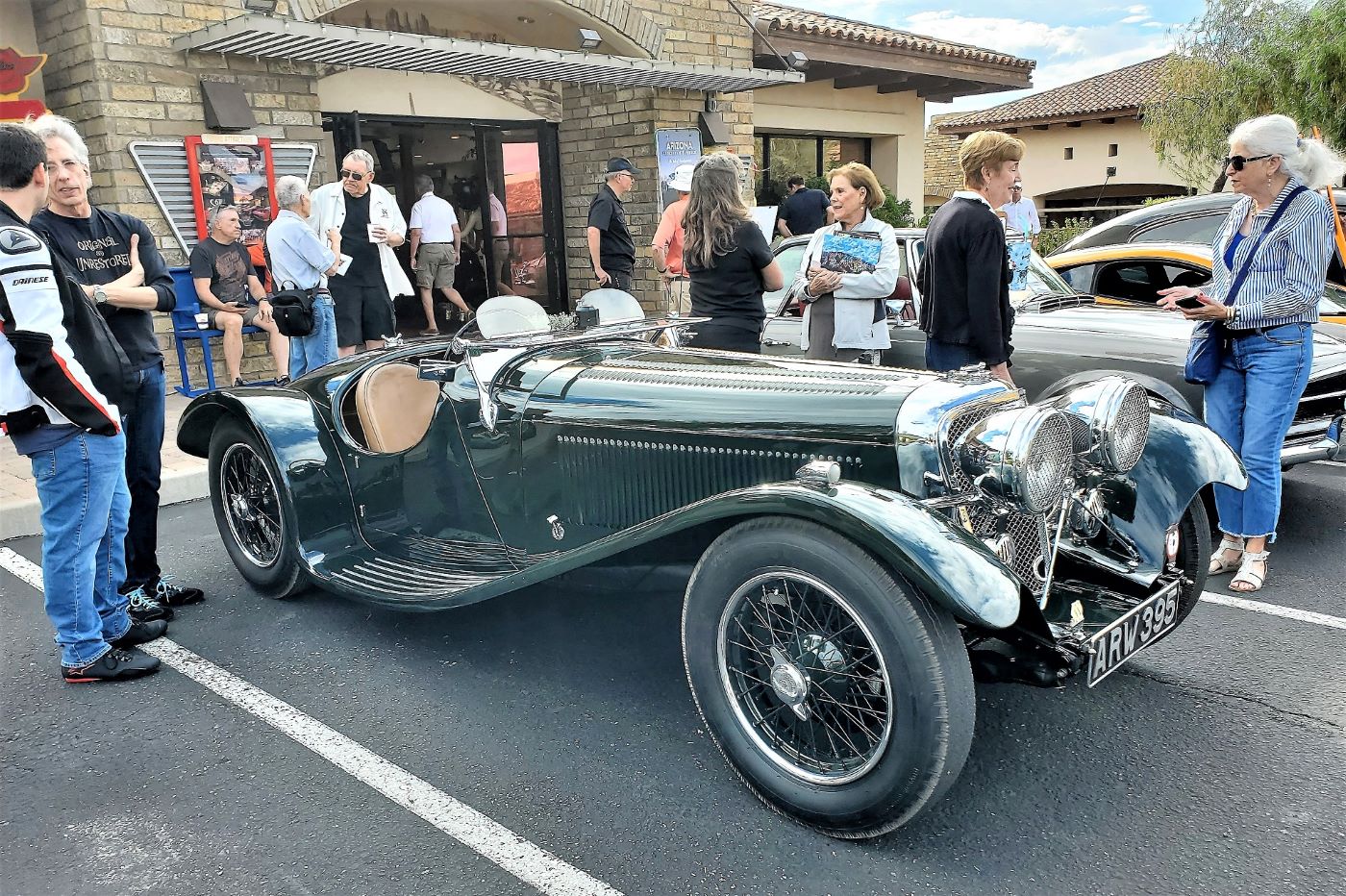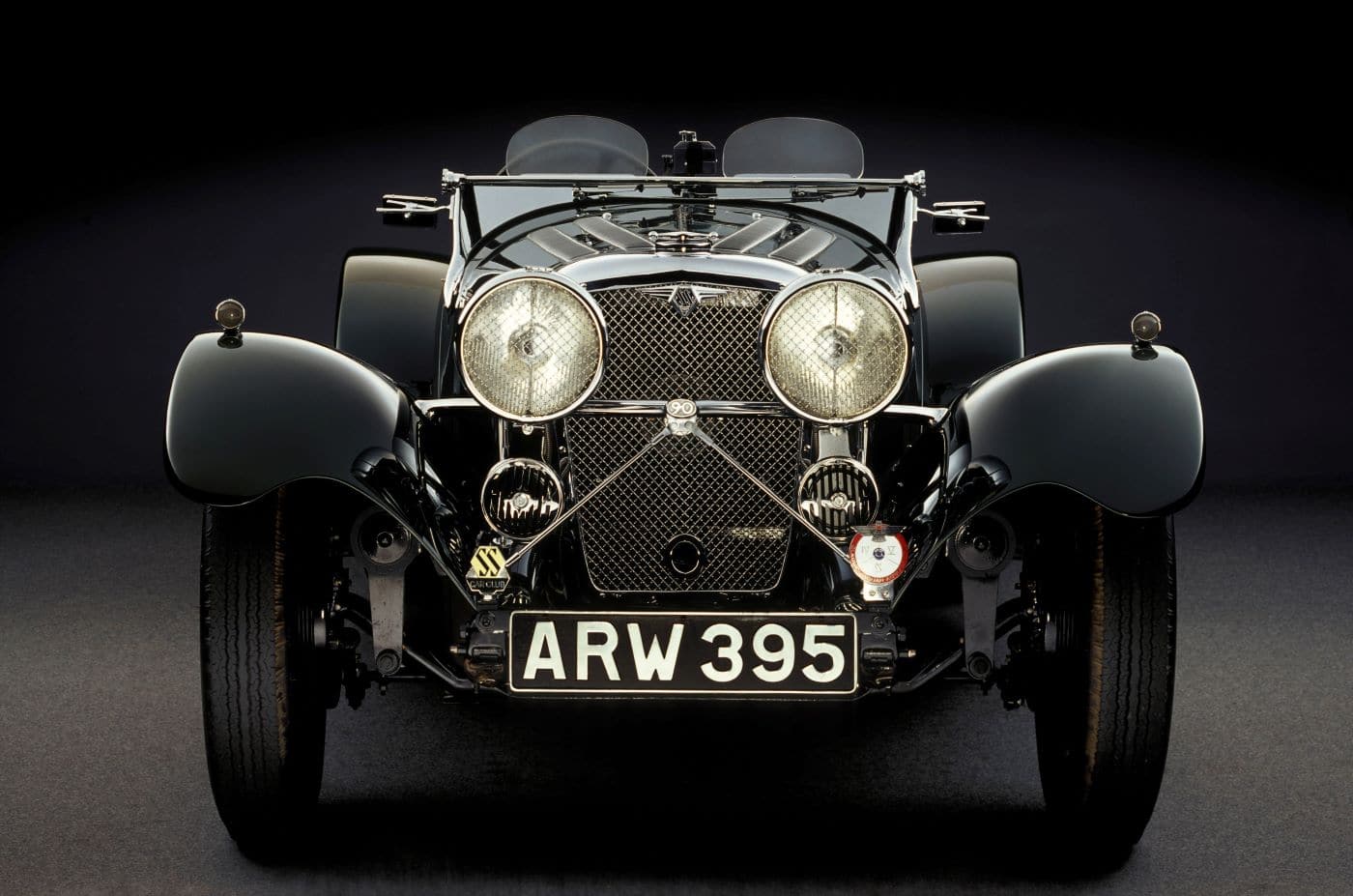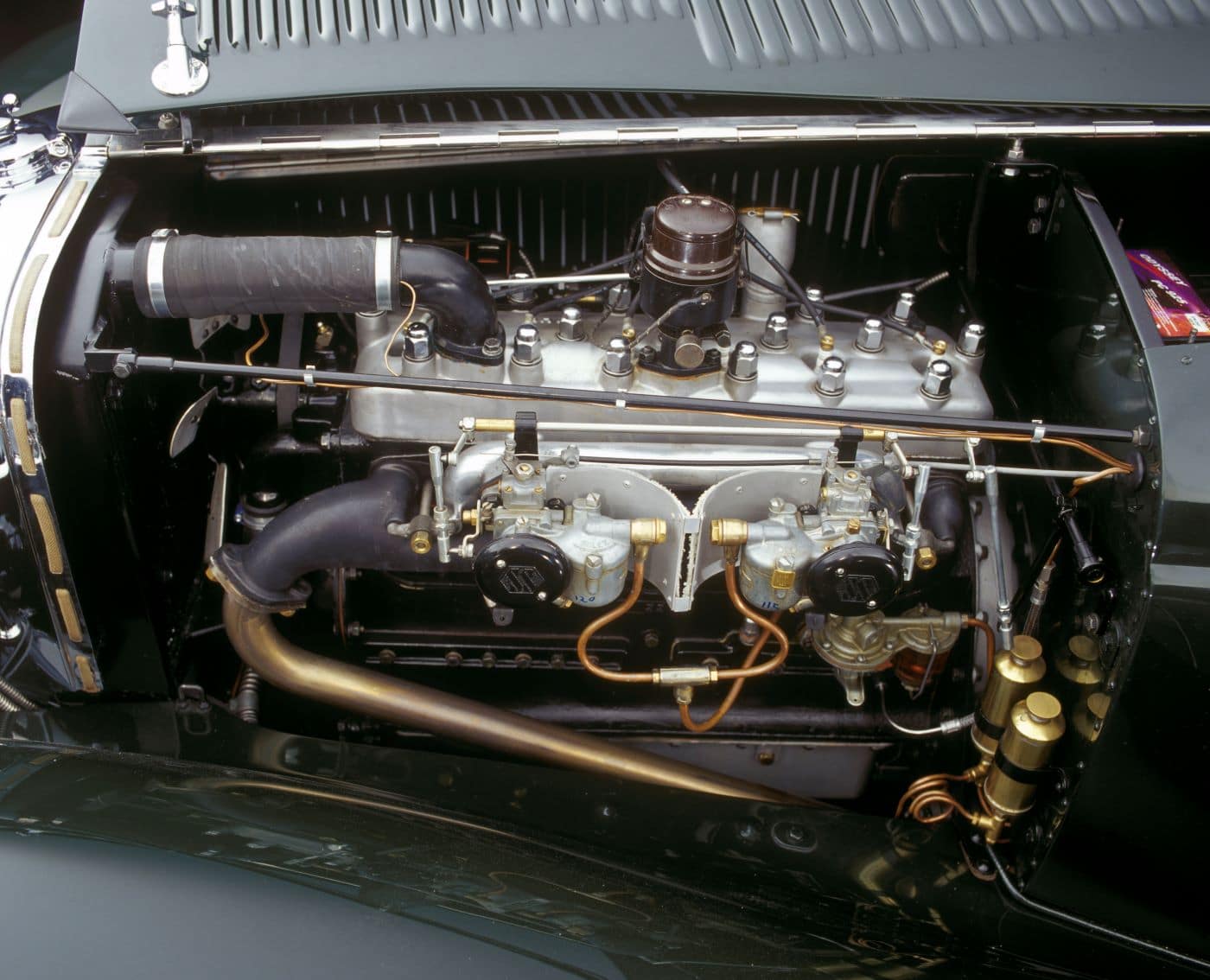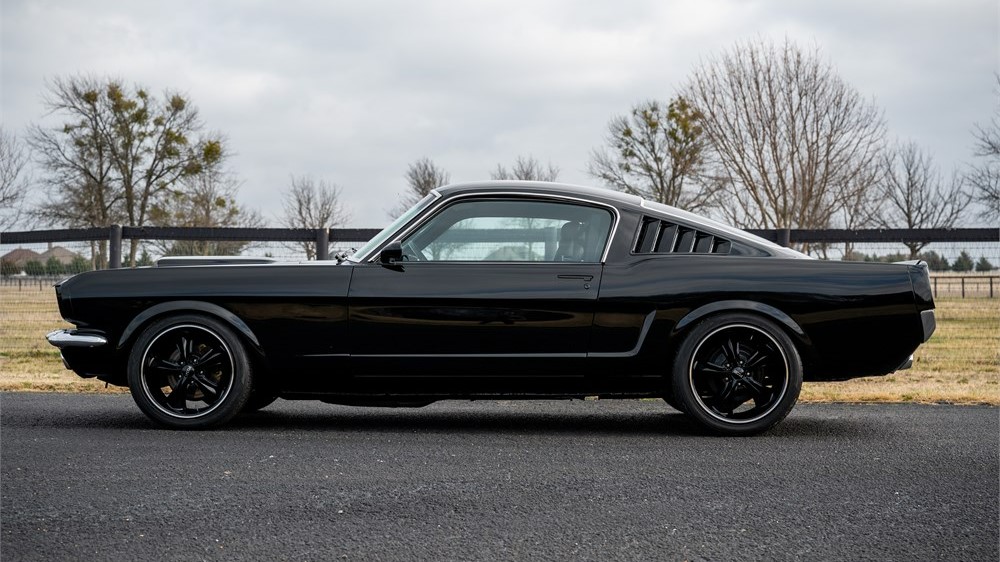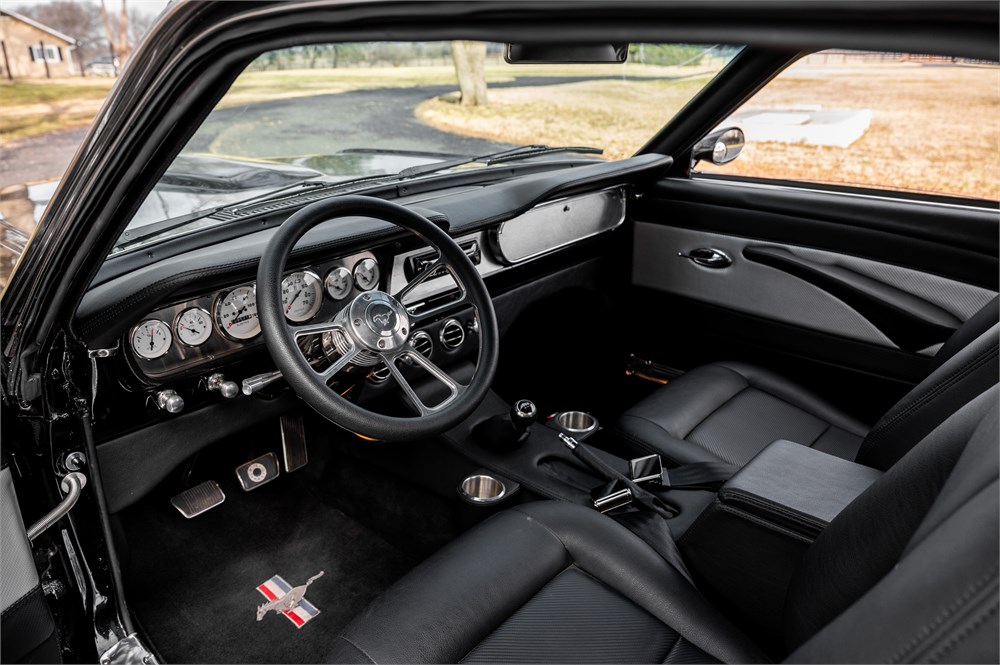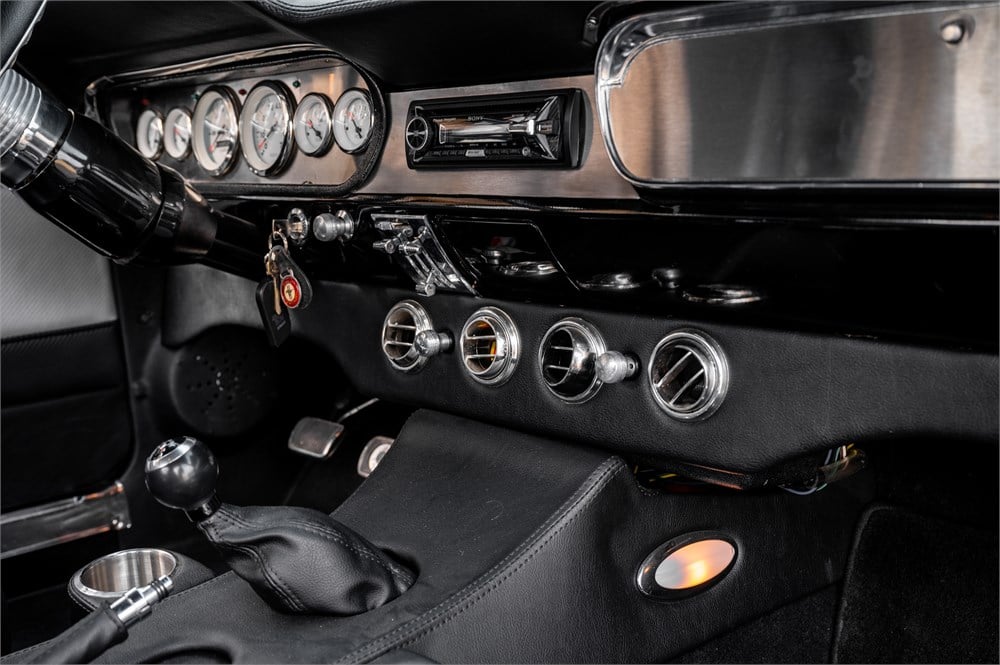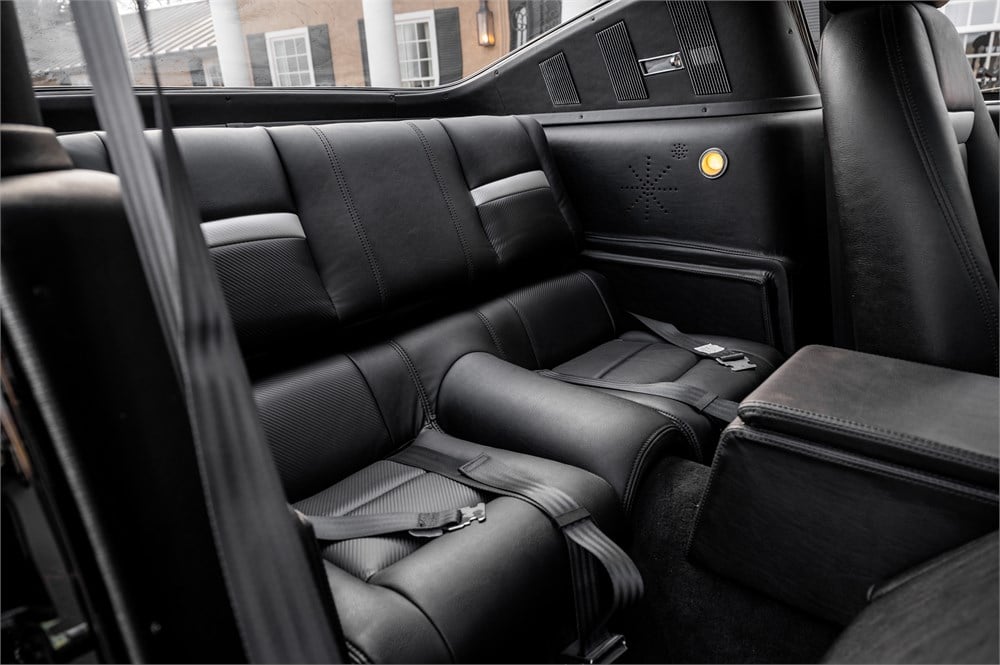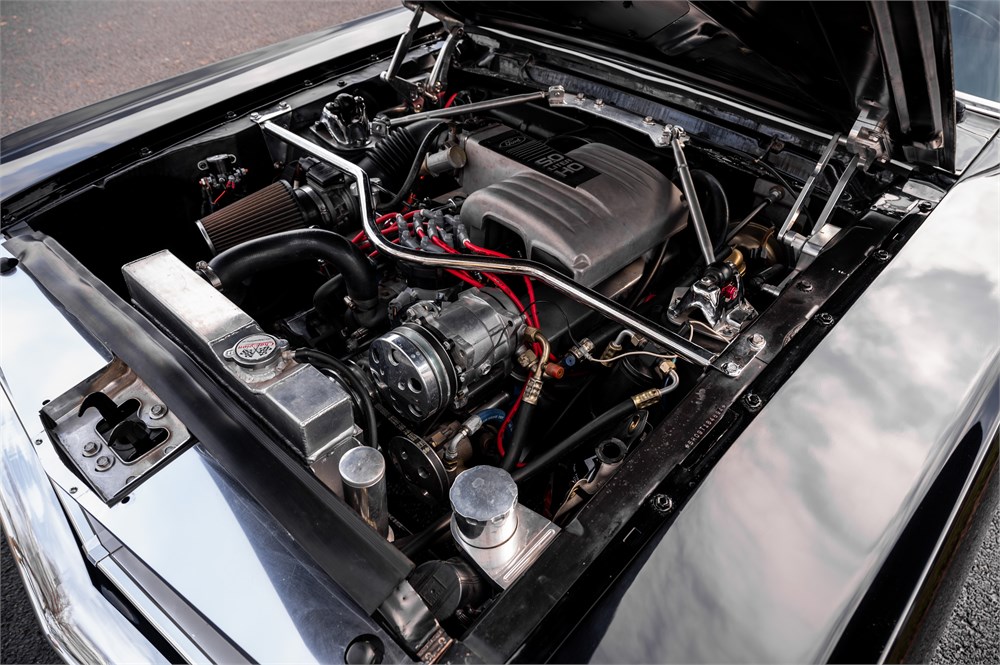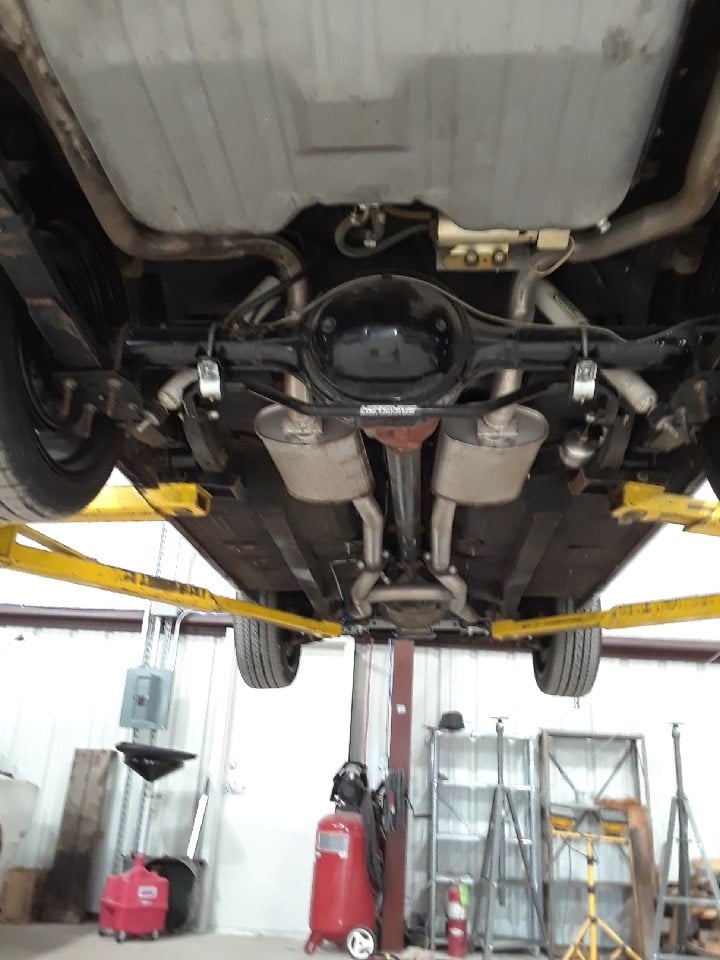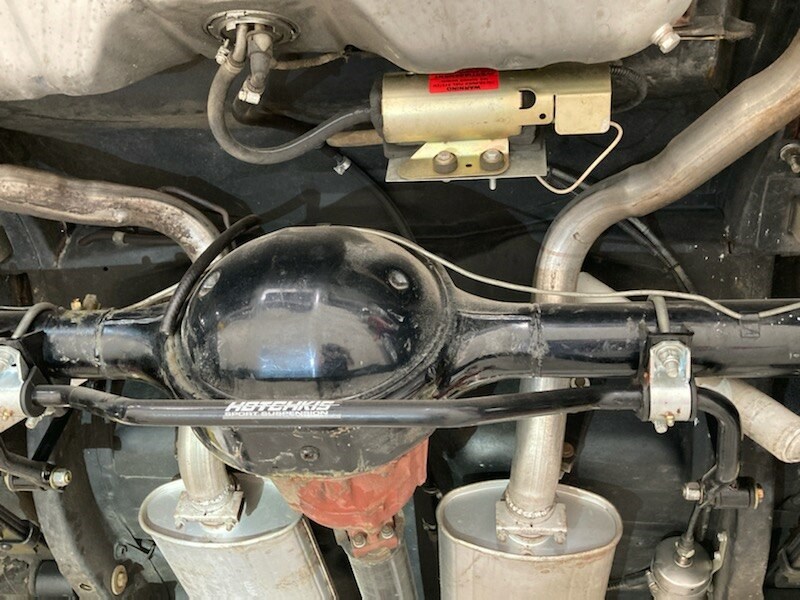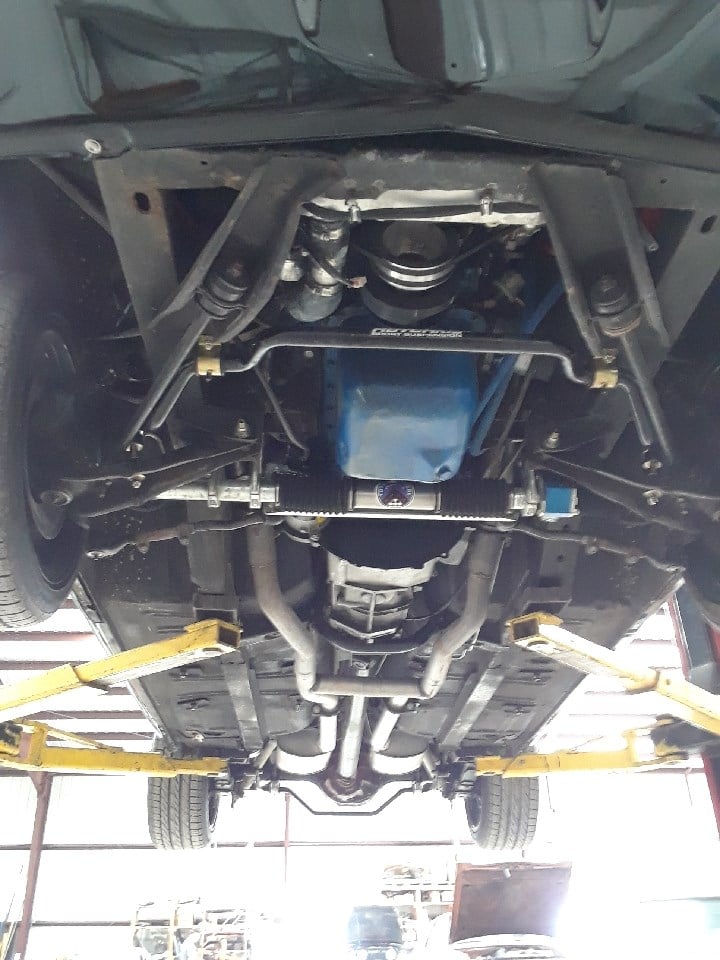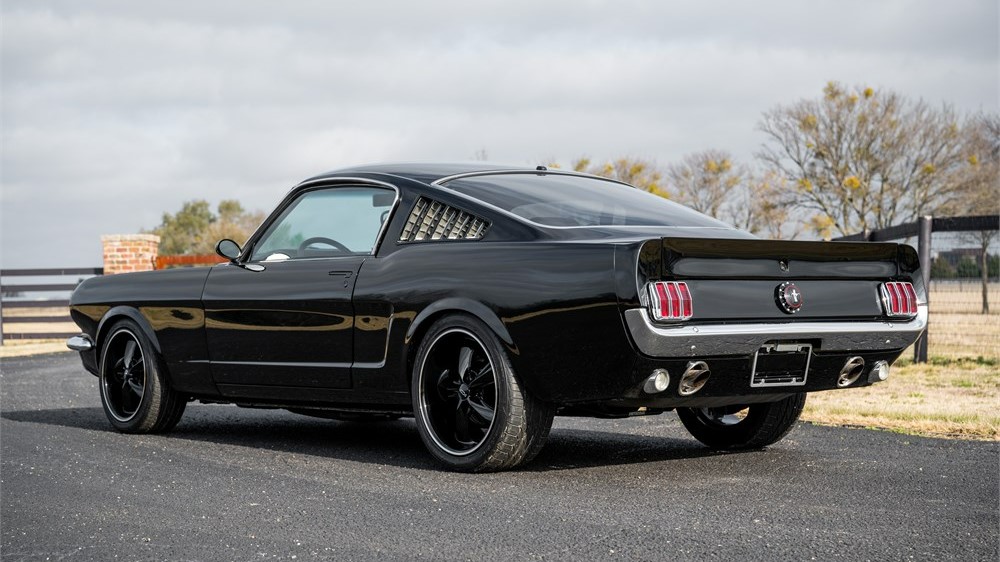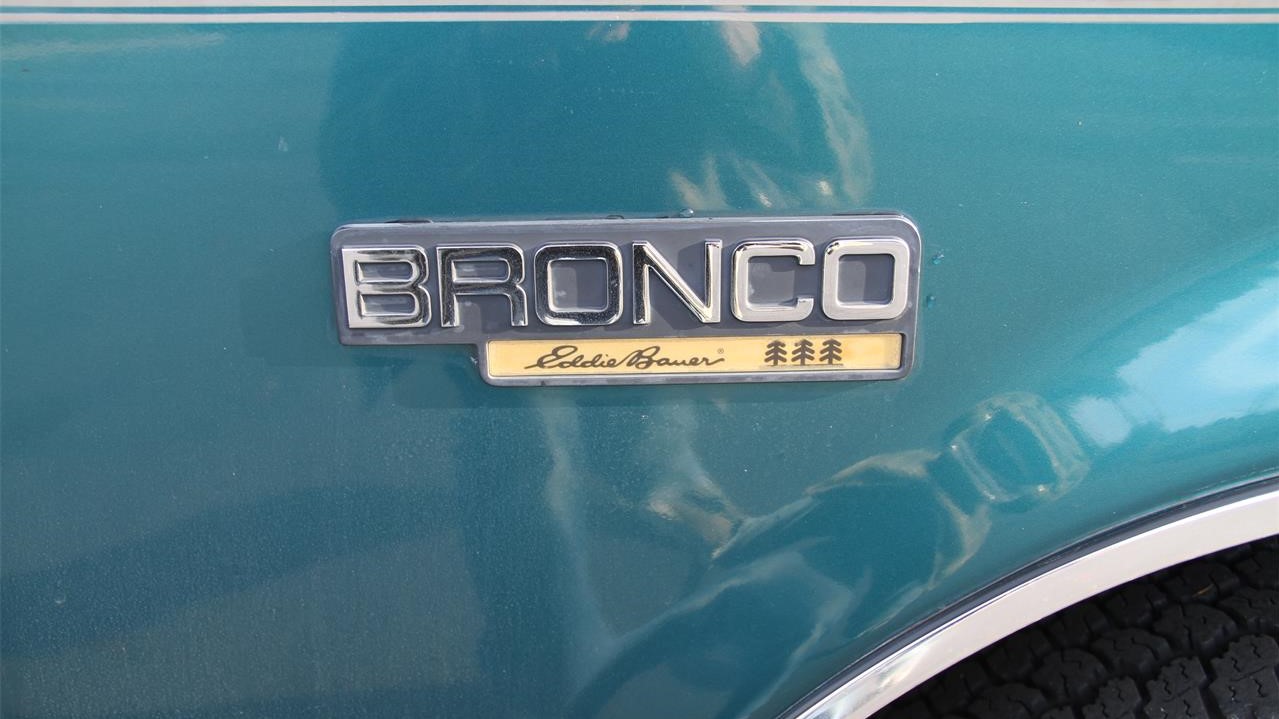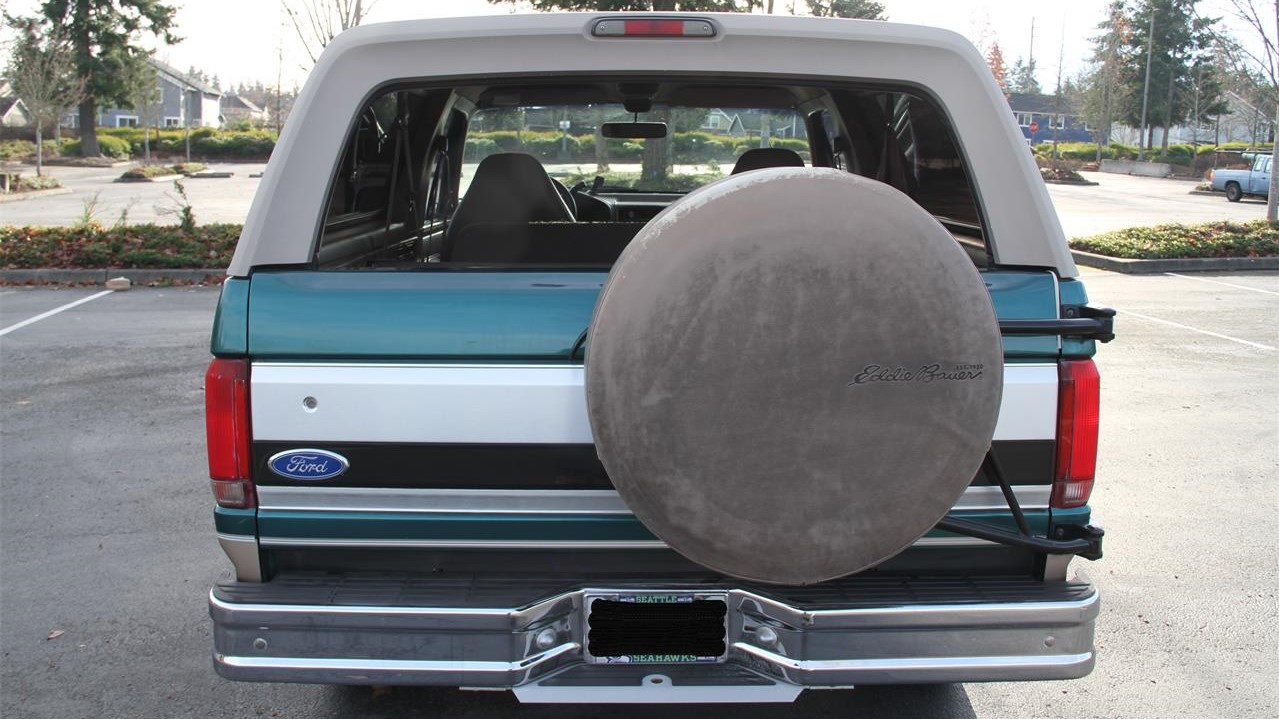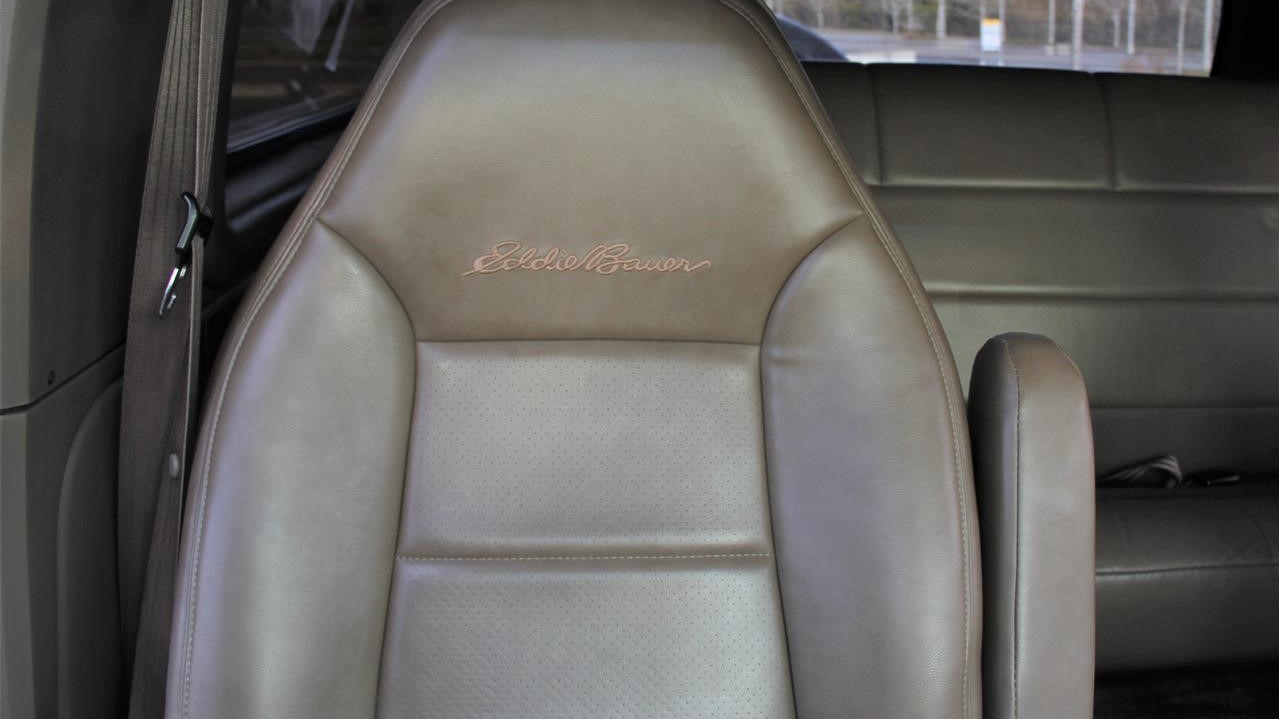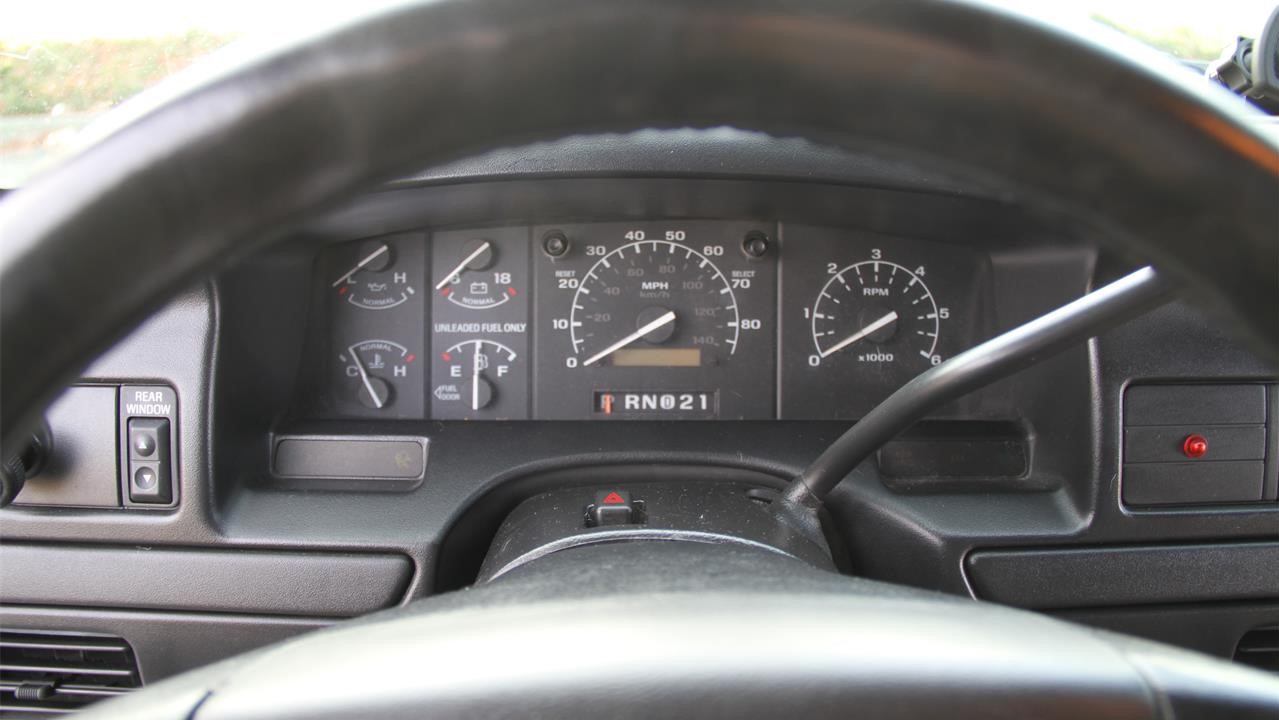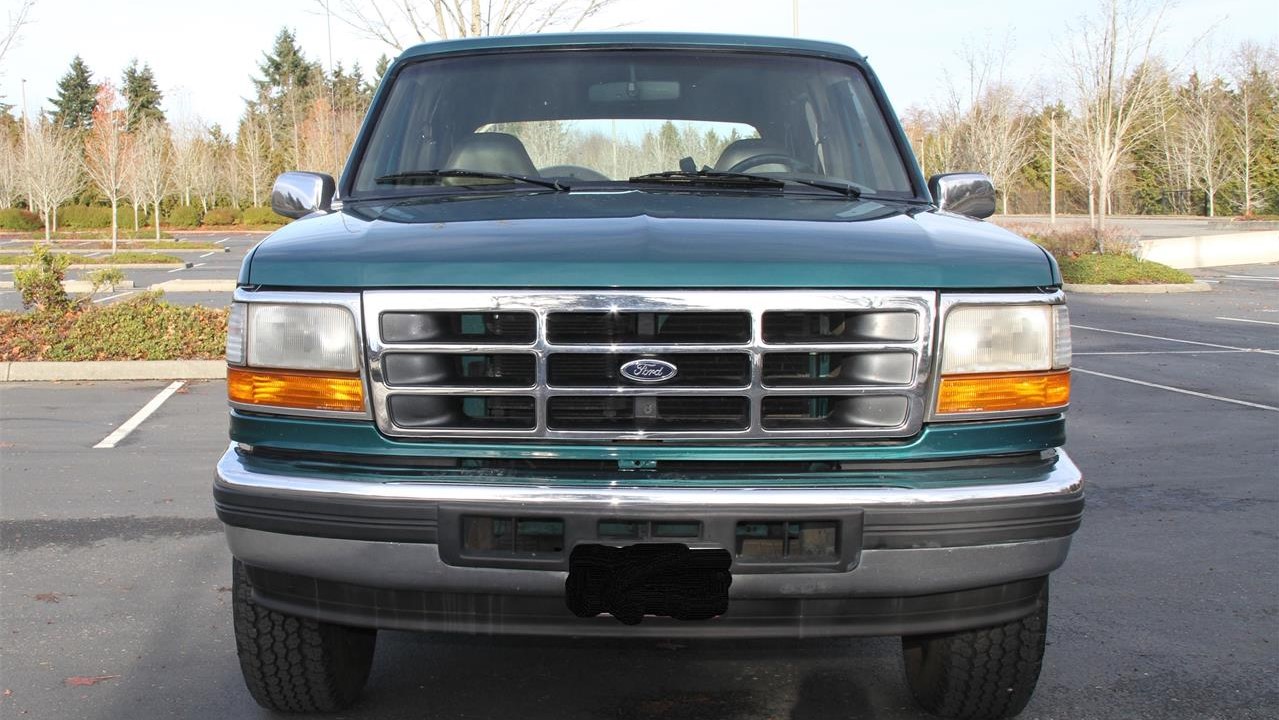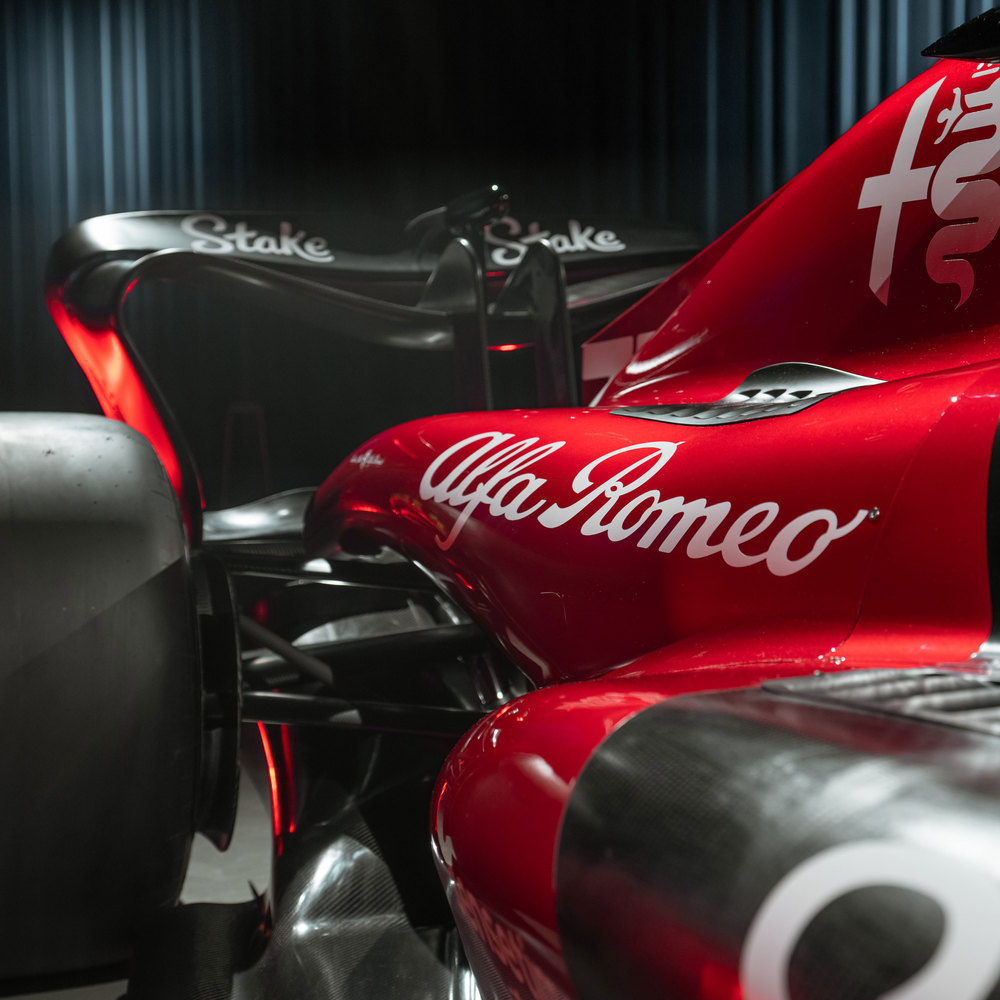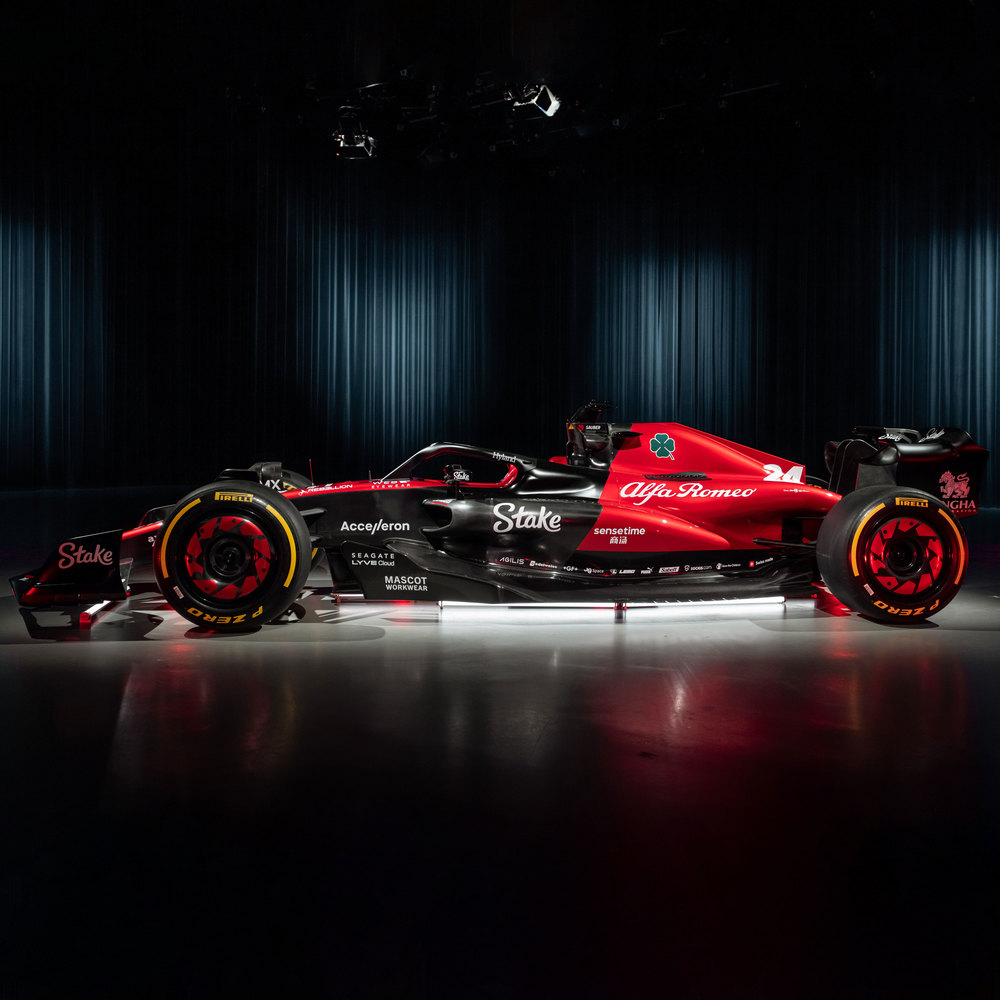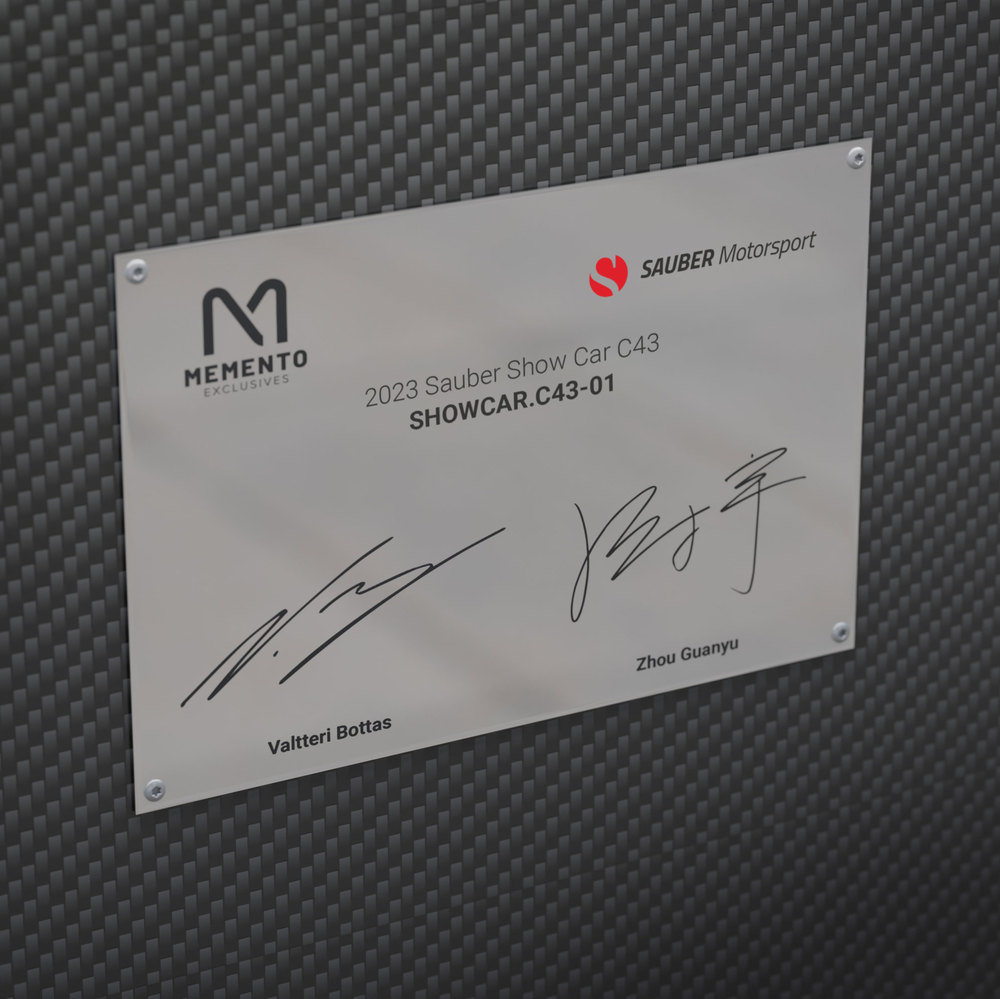The order came down in the fall of 1970: No more aero cars in NASCAR for the 1971 season. Ford and Mopar had taken the cars to speeds and the sport to a level that Bill France hadn’t anticipated or wanted, so he limited all “special” cars to a maximum engine size of 305 cubic inches. Aero development programs for 1971 stopped. Factory support withered. Engineers were assigned elsewhere. While nothing initially came of those development programs, 30 years later a trio of wing car enthusiasts built a series of cars imagining what they would have looked like, some of which will head to auction this May.
The germ of the one-of-none 1971 wing cars that Massachusetts residents Gary and Pam Beineke and Mike Goyette built in the early 2000s came from a handful of photos that Goyette discovered of wind tunnel tests for aerodynamic modifications for the 1971 Dodge and Plymouth B-bodies. Described as the G series following the 1969 E series and 1970 F series, the aerodynamic modifications were tested on 3/8-scale models in the Wichita State University wind tunnel over three months. According to an interview Chrysler aerodynamicist Gary Romberg gave to Steve Magnante at Hot Rod magazine in 2005, the purpose of the tests was mainly to try out “various nose cones, wings, fairings, rooflines, and windshield configurations.” Among those configurations were a bi-level wing and even a tri-level wing.
While the tests were cut short by France’s decree, Romberg and his team were still able to deliver a 406-page report in October 1970 outlining their findings. “Though they look sleeker, the fact is the ’71 cars were not as good,” Romberg told Magnante. “They were wider and presented a greater cross-sectional area that was an immediate disadvantage.” According to Steve Lehto’s book, “Dodge Daytona and Plymouth Superbird,” even with the aerodynamic modifications, the 1971 cars would have run at least 2 MPH slower than their predecessors.
Romberg also confirmed that no full-size 1971 cars were built with any of the aerodynamic modifications that his team tested in the wind tunnels. Regardless, Goyette and the Beinekes – 1971 B-body enthusiasts who already had a 1971 Dodge Charger awaiting restoration – decided to see what such a creature would look like.
![1971 Dodge Daytona]()
![1971 Dodge Daytona]()
![1971 Dodge Daytona]()
![1971 Dodge Daytona]()
![1971 Dodge Daytona]()
![1971 Dodge Daytona]()
![1971 Dodge Daytona]()
![1971 Dodge Daytona]()
![1971 Dodge Daytona]()
![1971 Dodge Daytona]()
The Charger, a rusty junkyard refugee originally equipped with a 383 and four-speed, benefited from an NOS pair of quarter panels, new doors, fenders, and rocker panels, Ramcharger forced-air hood, and the roof skin and mechanisms from a sunroof car. To the car, Goyette added a scratchbuilt steel bi-level wing like the one seen in the wind tunnel test photos, equipped with a latch for tilting the lower wing out of the way so the trunk lid can fully open and the appropriate strut braces. For the nosecone, Beineke and Goyette took a fiberglass reproduction of a 1969 Charger Daytona’s nose, cut it up into four pieces to fit it to the 1971 Charger’s fenders and hood, widened it by an inch and a half, then took a mold off the modified nosecone to produce a one-piece fiberglass nosecone that they then mounted to the car using 1969 Daytona retractable headlamp buckets adapted to the 1971 Charger’s electric headlamp door actuators.
While the rest of the car was built to look like one would expect a loaded, Hemi-powered, manual transmission 1971 Charger Daytona to appear, it’s largely a facade. The Hemi, for instance, is a 472-cu.in. crate engine with forged innards and an aluminum intake manifold that Goyette fabricated to mount three two-barrel Holley carburetors, creating a never-was Hemi Six-Pack. It has a five-speed manual transmission with Pistol Grip shifter instead of the expected four-speed, a Dana 60 rear axle with 4.10 gears, and 11-inch discs front and rear.
![1971 Plymouth Superbee]()
![1971 Plymouth Superbee]()
![1971 Plymouth Superbee]()
![1971 Plymouth Superbee]()
![1971 Plymouth Superbee]()
![1971 Plymouth Superbee]()
![1971 Plymouth Superbee]()
Naturally, the Beinekes and Goyette followed the 1971 Daytona build with a 1971 Superbird though, just as the 1969 Charger Daytona’s aero parts differed significantly from the 1970 Plymouth Superbird’s, the team took different approaches for the front and rear aerodynamic modifications for their one-of-none builds. Rather than adapt E- or F-series aero parts for the nosecone, they built the unit for the 1971 Superbird from scratch to replicate the one seen in the wind tunnel testing photos, starting with a wireframe built from thin-steel tubing, over which they applied a fiberglass skin and into which they inserted headlamp mechanisms from a Pontiac Fiero. The single-plane rear wing might have the same angle of a 1970 Superbird’s, but Goyette still had to fabricate it entirely out of steel to match the complex contours of the Plymouth’s upper quarter panels. As with the 1971 Daytona, the 1971 Superbird received a 472-cu.in. Hemi with a fabricated six-barrel intake, five-speed manual transmission, and disc brakes.
![1971 Plymouth GTX]()
![1971 Dodge Charger R/T]()
![1971 Dodge Charger restomod]()
In addition to the two never-was wing cars, Gary Beineke has put up for auction a pair of 1971 B-bodies reportedly based off of discarded styling concepts – a 1971 GTX with ‘Cuda-style hood and fender vents and a 1971 Charger R/T with a shorter variable-pitch rear wing and color-matched bumpers and hideaway headlamps – as well as a winged 1971 Dodge Charger restomod with a 6.1L Gen III Hemi V-8 and six-speed manual transmission.
All five will cross the block as part of Mecum’s Indianapolis auction, scheduled for May 12-20. For more information, visit Mecum.com.
